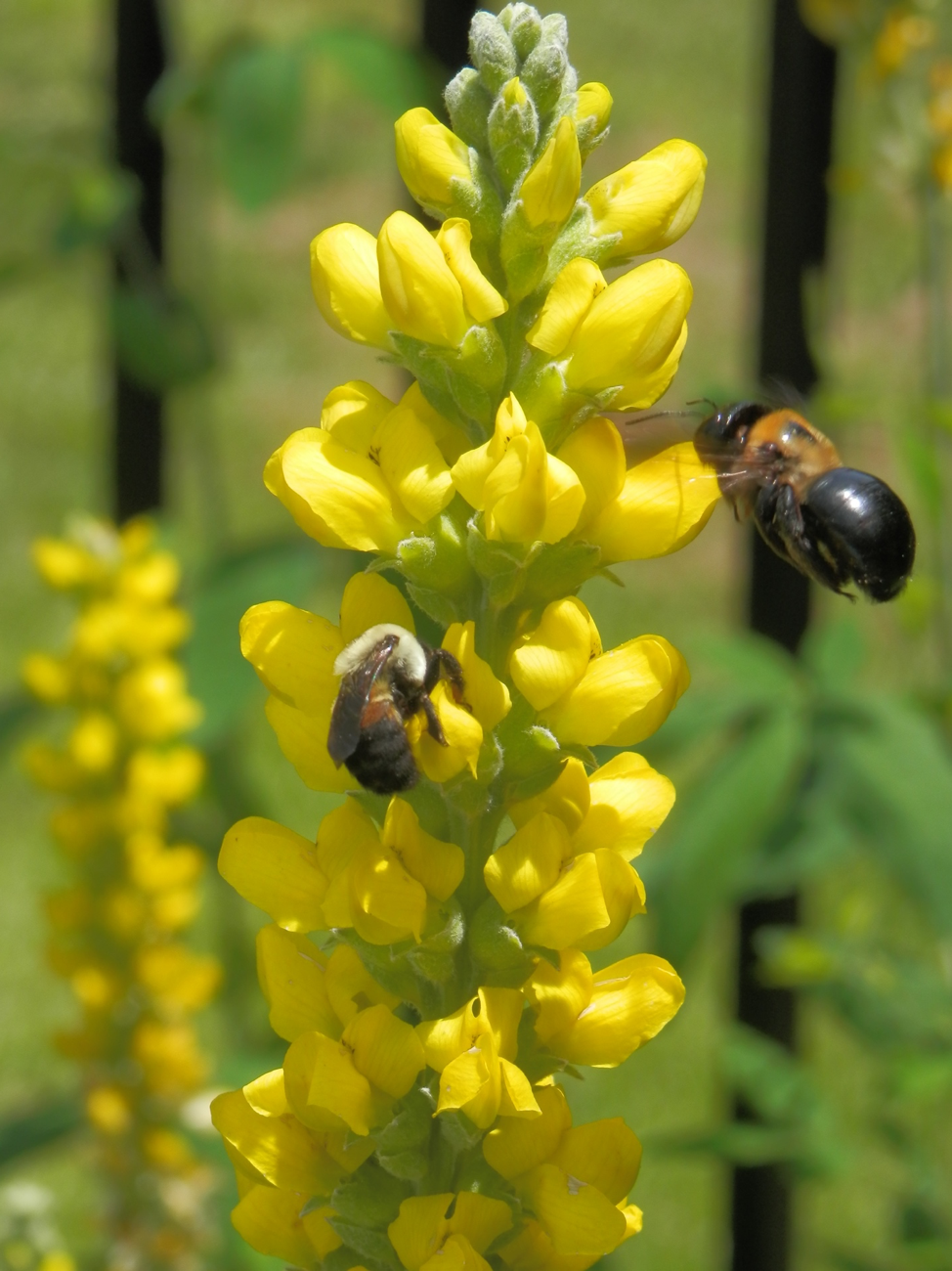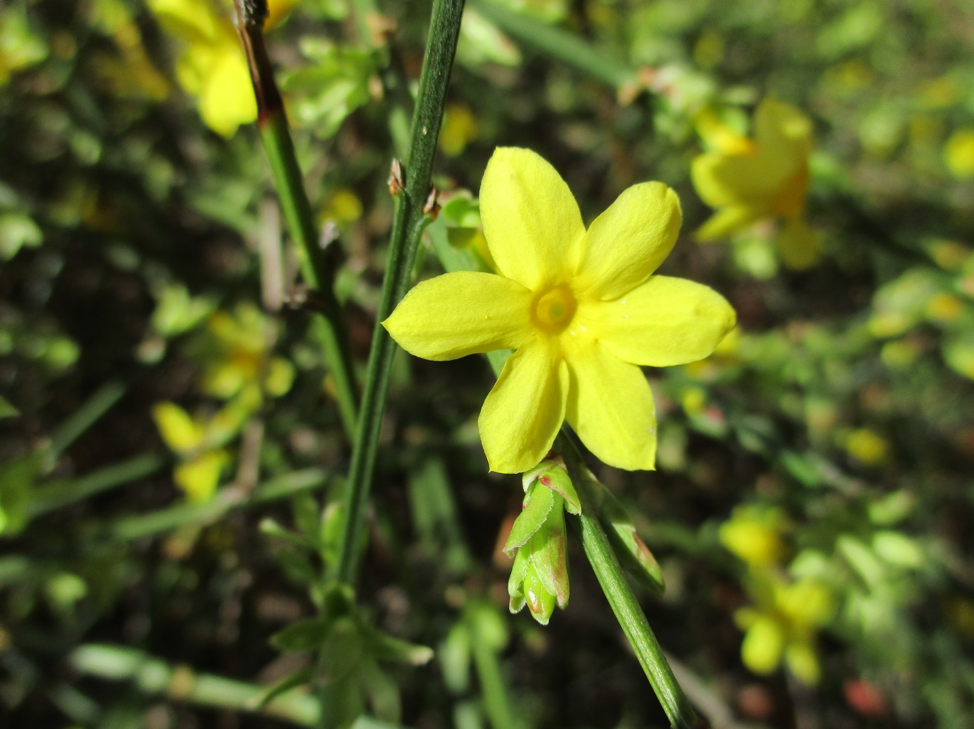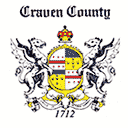Plants for Pollinators
go.ncsu.edu/readext?648798
en Español / em Português
El inglés es el idioma de control de esta página. En la medida en que haya algún conflicto entre la traducción al inglés y la traducción, el inglés prevalece.
Al hacer clic en el enlace de traducción se activa un servicio de traducción gratuito para convertir la página al español. Al igual que con cualquier traducción por Internet, la conversión no es sensible al contexto y puede que no traduzca el texto en su significado original. NC State Extension no garantiza la exactitud del texto traducido. Por favor, tenga en cuenta que algunas aplicaciones y/o servicios pueden no funcionar como se espera cuando se traducen.
Português
Inglês é o idioma de controle desta página. Na medida que haja algum conflito entre o texto original em Inglês e a tradução, o Inglês prevalece.
Ao clicar no link de tradução, um serviço gratuito de tradução será ativado para converter a página para o Português. Como em qualquer tradução pela internet, a conversão não é sensivel ao contexto e pode não ocorrer a tradução para o significado orginal. O serviço de Extensão da Carolina do Norte (NC State Extension) não garante a exatidão do texto traduzido. Por favor, observe que algumas funções ou serviços podem não funcionar como esperado após a tradução.
English
English is the controlling language of this page. To the extent there is any conflict between the English text and the translation, English controls.
Clicking on the translation link activates a free translation service to convert the page to Spanish. As with any Internet translation, the conversion is not context-sensitive and may not translate the text to its original meaning. NC State Extension does not guarantee the accuracy of the translated text. Please note that some applications and/or services may not function as expected when translated.
Collapse ▲January is not too early to make plans for enhancing the value of your landscape and gardens for pollinators. Plant species diversity will be key, as we want to provide nourishment across a long span of time, and for as many different insect species as possible. NC State University has excellent resources on this topic, beginning with Growing a Pollinator Garden, posted by Justin Moore in 2019.

Pictured above is the spring-flowering Carolina lupine (Thermopsis villosa), being visited by the brown-belted bumble bee (Bombus griseocollis) on the left and the eastern carpenter bee (Xylocopa virginica) on the right. (Photo by Nathaniel Glasgow; bee ID by Elsa Youngsteadt/NCSU.)

An excellent season-extender for honeybees and other pollinators is the winter jasmine (Jasminum nudum), seen above in full flower, during a January cold spell at the Craven County Agricultural Building. Note: This plant should not be confused with the native flowering vine, Gelsemium sempervirens (Carolina jessamine), which is poisonous to bees and people.




